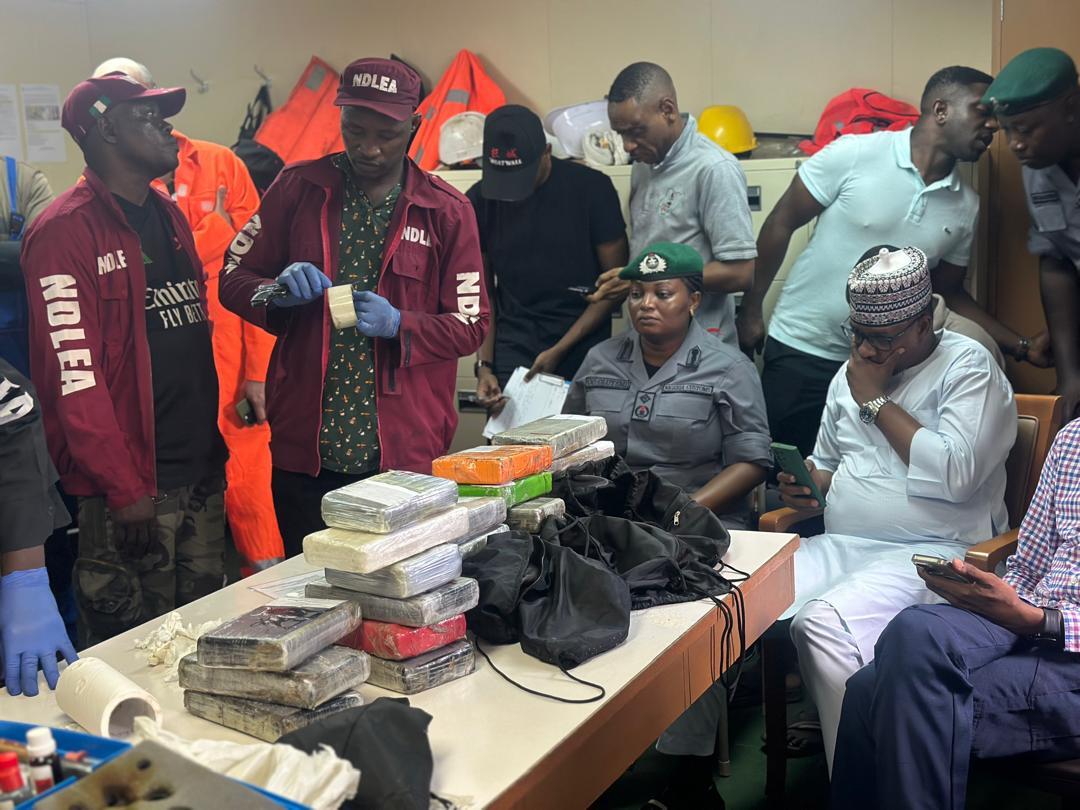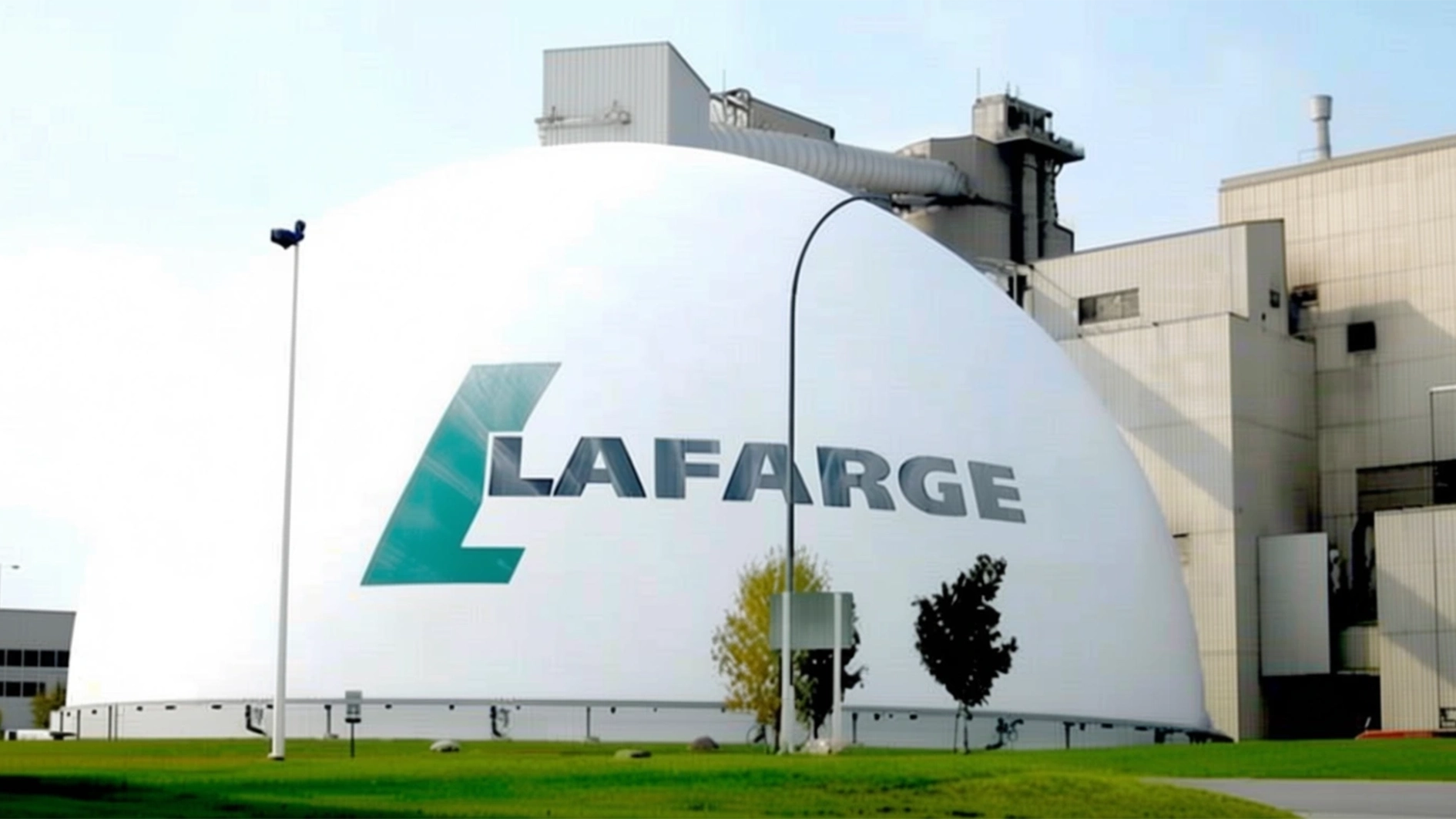The naira has achieved a notable milestone, strengthening by 3.5 per cent against the U.S. dollar over the past ten months, reaching N1,500/$ yesterday at the parallel market. This recovery, though modest, signals a crucial shift, driven by coordinated adjustments to fiscal and monetary policies by the Federal Ministry of Finance and the Central Bank of Nigeria (CBN).
The start of the year saw the Naira trading at around N1,555/$. However, a brief period of instability saw the rate slip to a high of N1,597/$ by the end of April. The subsequent six months were marked by intense policy intervention. The naira briefly firmed up at N1,475/$ in October 2025 at the official market before settling at N1,500/$ at the parallel market yesterday, marking a 3.5 per cent gain from the January starting point.
CBN Governor Yemi Cardozo has consistently emphasised that stability is more critical than the specific exchange ratespecific exchange rate number itself. “Without stability,” he stated, adding, “the business community would find it challenging to plan, leading to uncertainties within the economic ecosystem.”
The apex bank’s focus has been on achieving exchange rate unification between the official and parallel markets. This daunting goal is now within reach, as the gap between the rates has narrowed to below the N5 mark, a difference that has significantly minimised arbitrage opportunities and improved market transparency.
To build trust, the CBN unveiled an electronic FX matching system and published a formal FX Code to govern foreign exchange operations.
Investment banker Tolulope Alayande noted that these actions, coupled with expanding the official FX supply to legitimate users like importers and manufacturers, have helped ease the pressure on the Naira by reducing scarcity.
Simultaneously, the CBN has maintained a tight monetary policy stance, keeping interest rates and cash reserve ratios high to tame inflation. This effort is yielding results with inflation coming down to 18.02 per cent in September 2025.
This figure represents a six-month streak of decline in the inflation rate, with month-on-month inflation slowing further in September compared to August.
The farming season has provided additional relief, helping food prices to decline. Financial experts also credit crucial fiscal reforms for the currency’s improved health. Retired banker Mohammed Ande highlighted two major areas, including reduced subsidies and fiscal discipline and the Dangote Refinery Support.
He explained that the government has moved away from excessive monetary financing of the fiscal deficit and removed costly subsidy burdens that previously drained foreign exchange reserves. He said this fiscal discipline reduces the risk of money creation and external imbalances.
According to him, support for the refinery is now paying dividends. He said the government is spending less foreign exchange on petroleum product imports (PMS), which significantly reduces the demand for dollars and shields the Naira from external oil price shocks. Ande added that the policy environment has become “more predictable and transparent, which is crucial for currency stability.”






